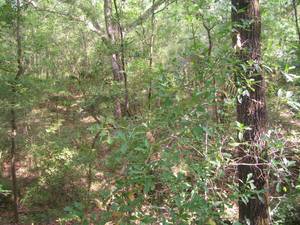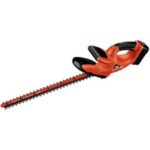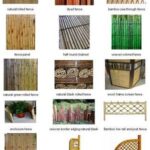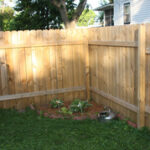Building a fence in your yard can be quite an undertaking. It is not only a physically hard task; it can also be an expensive one. Fencing can cost well into the thousands of dollars for just a small amount. It can be unsightly and it also can hinder the natural crossing of wildlife. You can gain all the benefits of having an enclosed yard without all of the problems with having a fence by growing your own living fence.
A living fence is creating a barrier with plants. Typically it is thought of as a traditional hedge but it can be as tall as trees or as small as a few topiaries. With a nearly unlimited selection of plants to choose from, your design for a living fence is only limited to your imagination. A living fence can act as a physical barrier prevents access to your area or as a sound or wind barrier. In this article I’ll explain:
• Ideas and practicalities of a living fence
• Designing your living fence
• Sound, wind and light barriers
• What to plant
• Where to plant
• When to plant
• Care and maintenance
Brainstorming ideas on paper for your living fence is a great way to begin planning for your design. What ideas do you have? Write them down. What is practical and what you dream up are going to be two different things. By writing down what you want now will help you decide what plants are right for your living fence. It also helps to define a budget at this time.
Draw a few sketches before you commit to drawing a final blueprint. Take your time, draw to scale and label everything. Here are a few things you should take into account:
• Budget: How much can you spend and how much your project costs?
• Species: What plants grow best and what can you afford?
• Climate: What conditions and terrain does your fence grow on?
• Labor: How many people and how much work will it take complete the job?
• Time: How long will it take to complete the job?
• Availabilty: Can the plants be delivered and are they available?
When designing a living fence you need to know what its primary use is for. Will it be used to block traffic noise? Will it be used to block vision to and from neighbors? Or will it be used for blocking strong breezy yards and open spaces? Addressing these questions early on in the design stage will help you decide in selecting what plants you will need. Here are a few tips when deciding what your living fence will be used for most:
• Large hedges followed by a row of trees helps to funnel noise up and over large open areas without disturbing the view.
• Trees followed by dense shrubbery followed by trees are a great way to protect against wind.
• Bamboo is a great living fence when you want to block the view of open areas.
• Training vines up a series of trellis’ can make an area seem private without losing the breeze.
• Planting tall trees facing the south side of your property will block sunlight; plant on the north side to let sunlight in.
What, where, and when you plant could make a difference in deciding the fate of your living fence. Making certain the proper species is chosen is critical to the overall health of your living fence. Check the soil conditions and terrain of living fence before you dig the first hole. The correct species of plant is needed in your living fence over certain terrains due to soil drainage and slope. Timing is the last step in planning before you begin planting. Always check that your local area is in the correct planting season. Starting to soon or late can be a sure way to lose your living fence.
• Choosing what to plant first can save you a lot of wasted time and money.
• Choose the right plant for the right soil conditions.
• Choose the right plant for the type of terrain you’re planting in.
• Choose the right time for planting your living fence
Once you have your design plans flawless its time to purchase your plants and dig some holes. Always use local advice for the proper planting and care of your plants. Study what each plant needs for care and maintenance. With the proper love and care, you can nurture your living fence to life for years and years to come.





